Taking Photos: Documenting Damage During And After A Hurricane
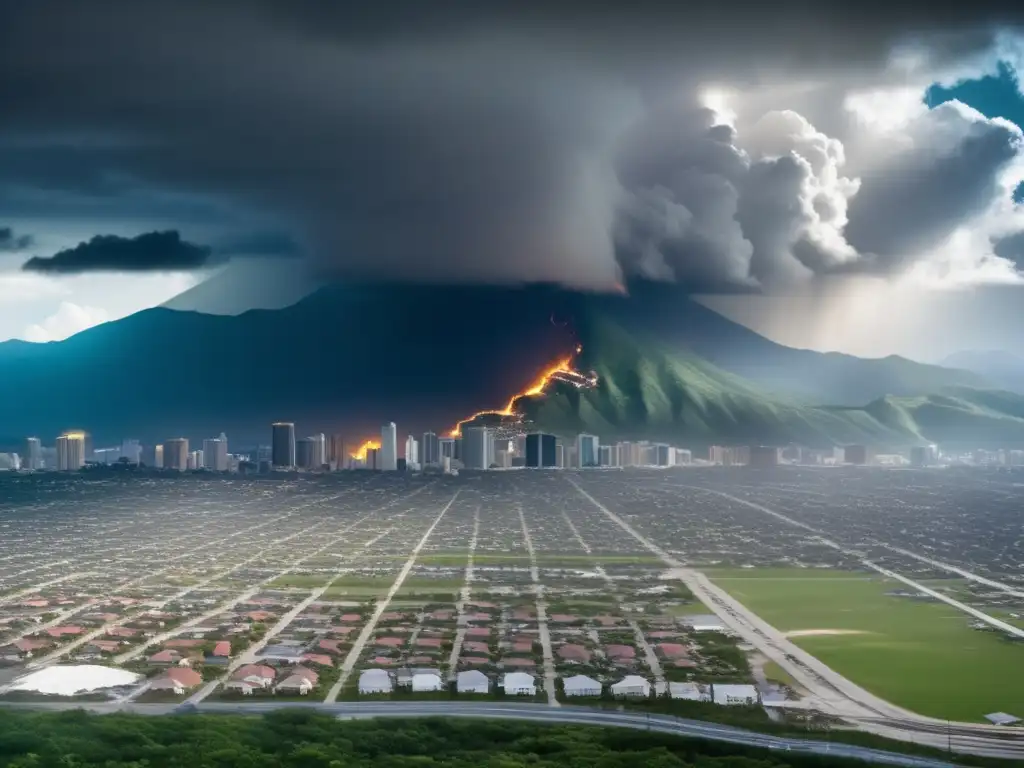
Taking Photos: Documenting Damage During and After a Hurricane
Introduction
Hurricanes can cause widespread damage to homes, businesses, and infrastructure, leaving residents and responders with the task of documenting the extent of the destruction. This documentation can serve as evidence for insurance claims, aid distribution, and future disaster planning. In recent years, smartphones have made it easier than ever for people to take photos and videos in real-time. However, there are certain techniques and considerations to keep in mind when taking photos during and after a hurricane to ensure that they are valuable and relevant.
The Importance of Documenting Damage
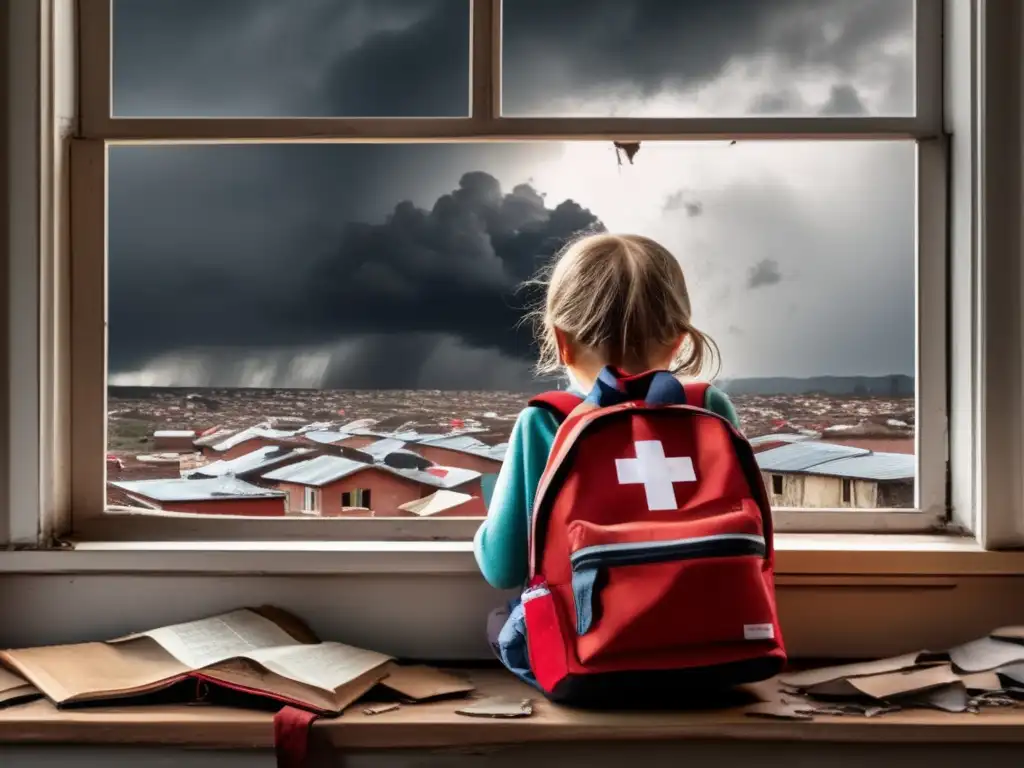
For Insurance Claims
One of the most important reasons to document damage after a hurricane is to support insurance claims. Insurance adjusters may not be able to visit every site or property immediately, so photos can serve as evidence of the extent of the damage. When taking photos, be sure to capture images of all affected areas, including roofs, walls, floors, and possessions. Close-up shots may be necessary to show specific damage.
For Aid Distribution
Another reason to document damage is to help aid organizations distribute resources efficiently. After a hurricane, local and national organizations will send teams to the affected areas to distribute food, water, medical supplies, and other resources. By providing documentation of specific needs and damage to homes and businesses, these organizations can prioritize distribution and effectively respond to the disaster.
For Future Disaster Planning
Finally, documenting damage can provide valuable information for future disaster planning. By understanding the types of damage caused by hurricanes, officials can implement strategies to mitigate future damage and prepare for future storms. Additionally, documenting damage can help community members assess the effectiveness of their current disaster preparedness plans and make necessary improvements.
Techniques for Taking Effective Photos

Before the Hurricane
Before a hurricane hits, it's important to prepare your equipment and ensure that your cameras and smartphones are fully charged and ready to go. You may also want to invest in a waterproof case or bag to protect your equipment during the storm. Be sure to also plan your routes and areas of focus for photo documentation, as well as any safety precautions necessary to ensure your own well-being.
During the Hurricane
Taking photos during a hurricane can be dangerous, so it's important to prioritize safety at all times. If you must take photos during the storm, do so from a safe location, such as inside a building or vehicle. Avoid going outside unless necessary, and never stand near downed power lines or waterlogged areas. Additionally, make sure to use the flash on your camera or smartphone to brighten up images taken indoors or in low-light conditions.
After the Hurricane
After the hurricane has passed, take the time to document the damage thoroughly. Start by taking wide-angle shots of entire homes or buildings, then move closer to capture specific damage. Be sure to also document any personal belongings that have been affected by the storm, including furniture, electronics, and any other valuable possessions. Take multiple photos from different angles, and use a ruler or other object to provide scale for each image.
Storage and Sharing

It is important to store photos in a safe location and to make copies for backup purposes. Consider uploading photos to an online storage service, such as Dropbox or Google Drive, or saving them to a USB drive. When sharing photos with insurance companies, aid organizations, or other agencies, ensure that they are high quality and clearly show the extent of the damage.
Frequently Asked Questions
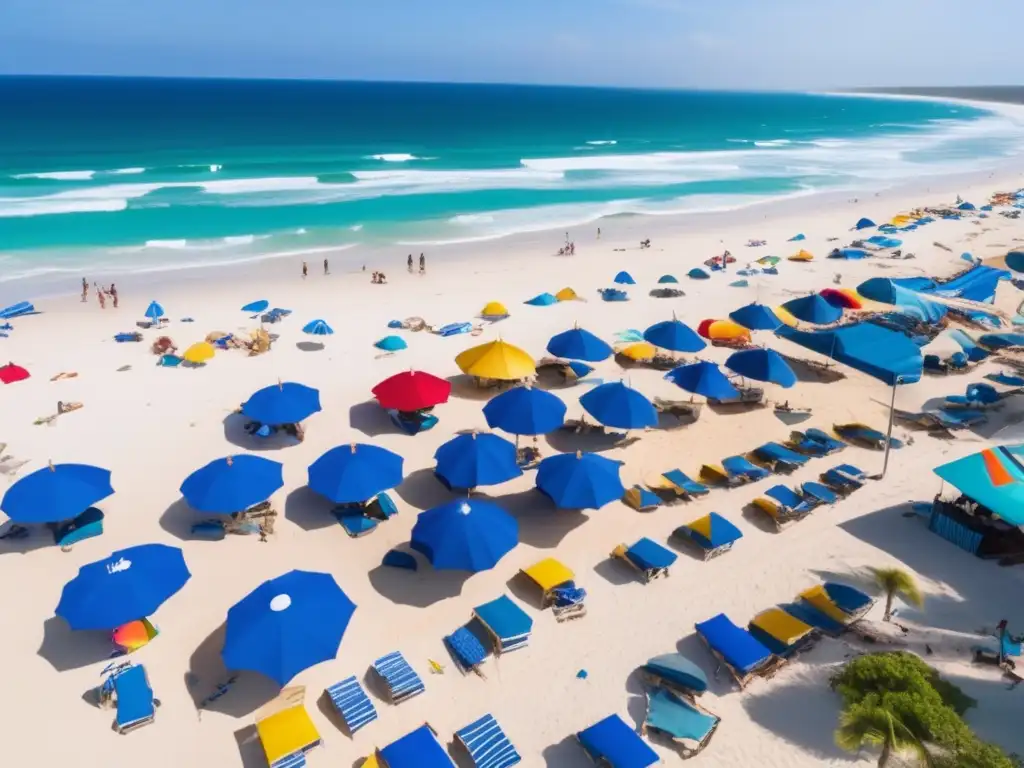
-
What should I do if I lose my phone or camera during the hurricane?
If you lose your phone or camera during the hurricane, your photos may be lost as well. To avoid this, consider backing up your photos to an online storage service or external hard drive as soon as possible.
-
What type of camera should I use for hurricane documentation?
A high-quality camera, such as a DSLR or mirrorless camera, may provide more detailed images than a smartphone camera. However, smartphones can still take high-quality photos and are more convenient for quick shots during the storm.
-
How can I ensure that my photos are useful for insurance claims?
To ensure that your photos are useful for insurance claims, be sure to take multiple photos from different angles, clearly show the extent of the damage, and include a ruler or other object to provide scale. Label each photo with a description of the location and the date taken.
-
Can I share my photos on social media?
Yes, sharing photos on social media can raise awareness of the extent of damage caused by the hurricane. However, be sure to respect the privacy of others and to only share photos that do not include personally identifiable information.
-
What should I do if I'm not comfortable taking photos myself?
If you're not comfortable taking photos yourself, consider enlisting the help of a friend or neighbor who is willing and able to document the damage.
Conclusion
Documenting damage during and after a hurricane is essential for insurance claims, aid distribution, and future disaster planning. Whether using a camera or smartphone, it's important to take multiple photos from different angles and to capture the extent of the damage as thoroughly as possible. Storing and sharing these photos can help expedite the recovery process and improve disaster response in the future.
Additional Resources
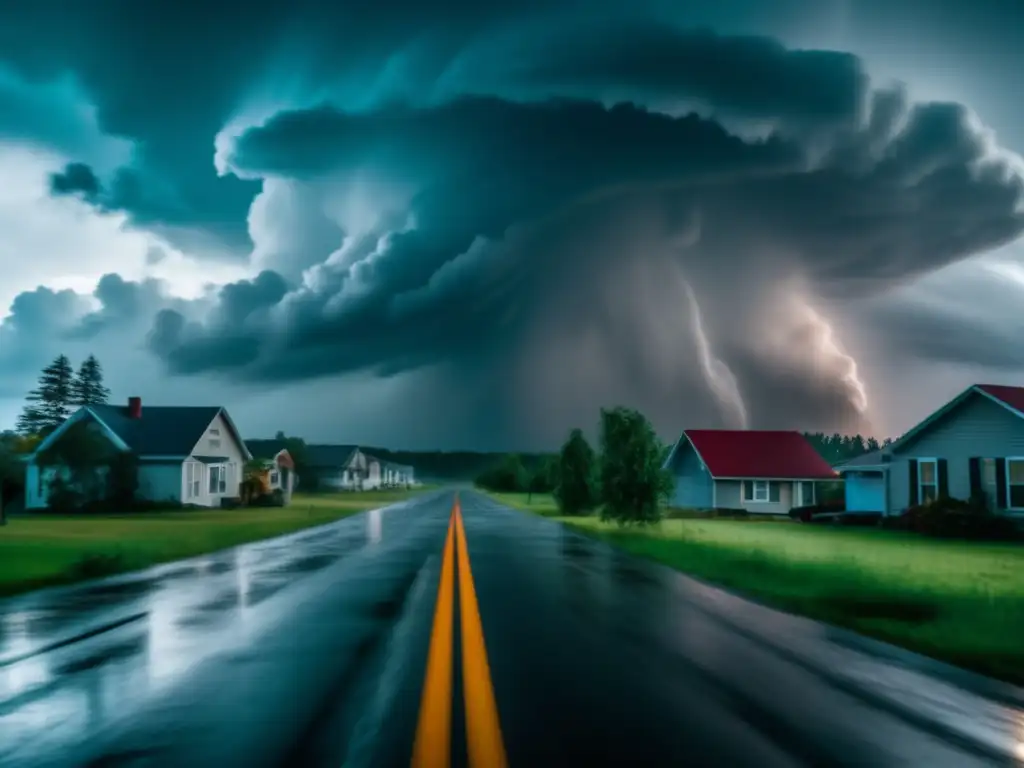
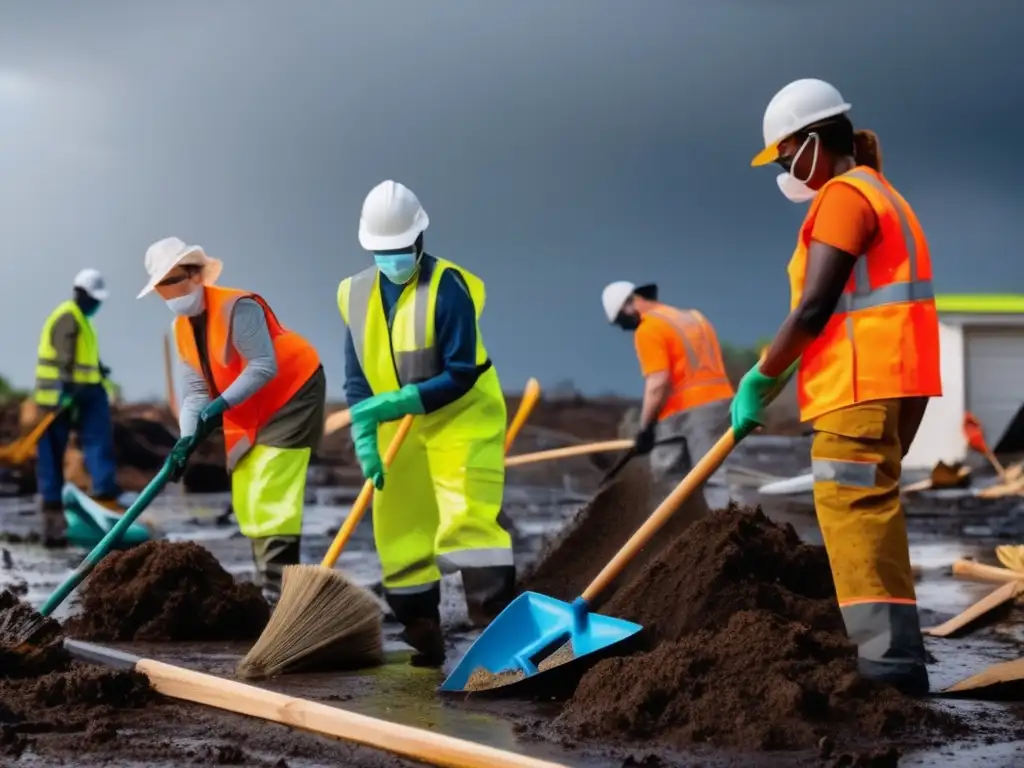 Cleaning Up: Safe And Efficient Cleanup Methods After A Hurricane
Cleaning Up: Safe And Efficient Cleanup Methods After A Hurricane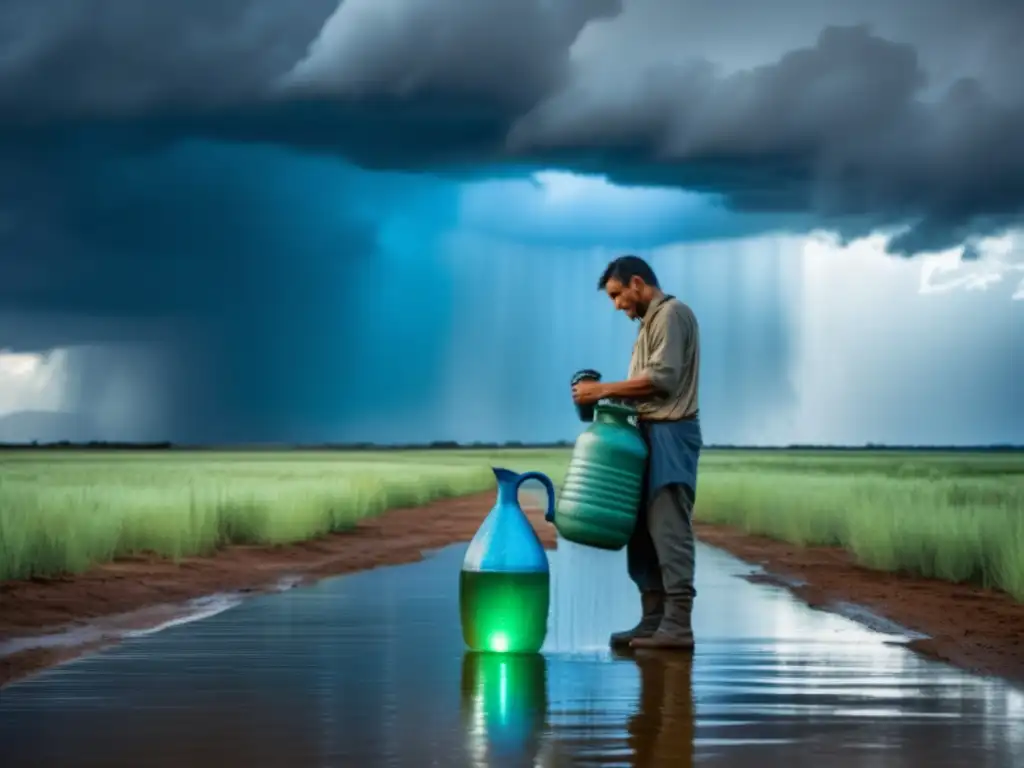 Staying Hydrated: Safe Drinking Water Tips During A Hurricane
Staying Hydrated: Safe Drinking Water Tips During A Hurricane Mindfulness Techniques To Stay Calm During A Hurricane
Mindfulness Techniques To Stay Calm During A HurricaneIf you want to discover more articles similar to Taking Photos: Documenting Damage During And After A Hurricane, you can visit the During the hurricane: category.
Leave a Reply

Articulos relacionados: